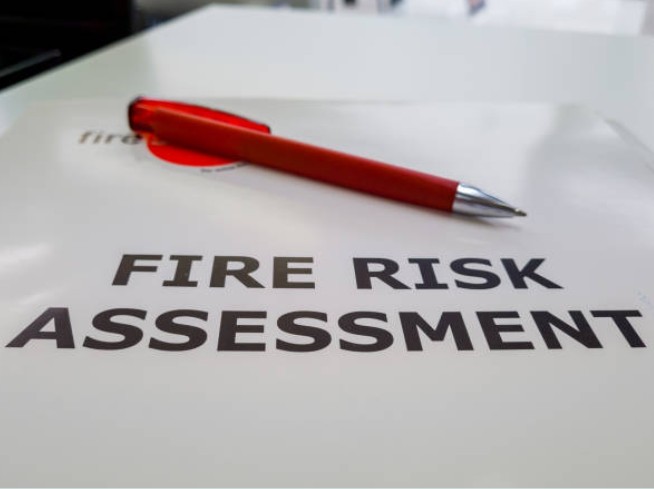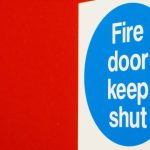Fire safety is an essential concern for all types of properties across the UK, whether residential, commercial, or public spaces. Understanding fire safety risk assessments and their steps is crucial to ensuring that any property is well-protected against the dangers of fire. In this blog, we will explain the steps involved in conducting a fire safety risk assessment, why it is important, and how you can implement it in your business or home.
What Exactly Is a Fire Safety Risk Assessment?
A fire safety risk assessment involves examining potential fire dangers, assessing the level of risk they present to individuals and buildings, and putting in place effective strategies to minimize or remove those risks. Under UK law, the Regulatory Reform (Fire Safety) Order 2005 requires that every non-domestic building, from offices to factories, must have a risk assessment to protect employees, visitors, and any other occupants.
How Many Steps Make Up a Fire Safety Risk Assessment?
Conducting a fire safety risk assessment generally involves following a structured approach made up of five essential stages. Let’s break them down:
1. Identifying Fire Hazards
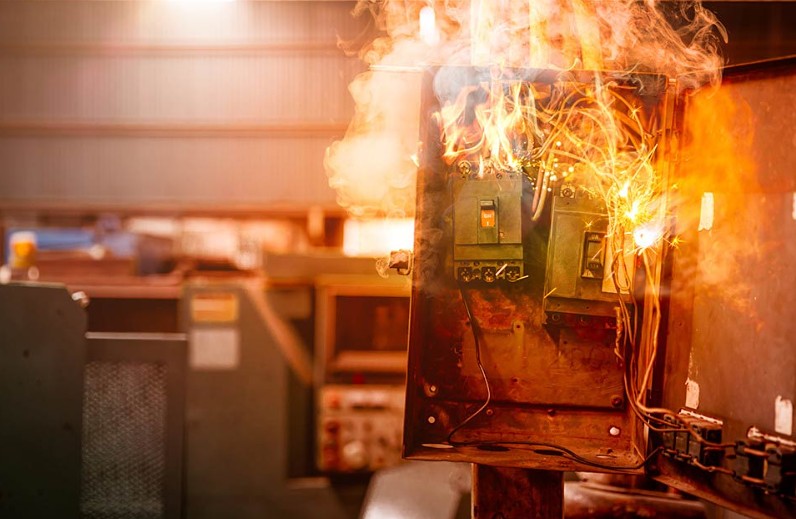
Begin by spotting possible fire risks within your property—these might be ignition sources like damaged wiring or combustible materials such as paper or flammable liquids.
Common fire hazards include:
- Ignition sources: Electrical equipment, heating systems, open flames
- Combustible materials: Paper, cardboard, fuel, and textiles
- Poor maintenance: Malfunctioning machinery or equipment
2. Identifying People at Risk
After spotting potential fire hazards, the following step is to assess which individuals might be vulnerable to those risks. This includes employees, visitors, contractors, or anyone who may be inside the building during a fire emergency.
Key groups to assess include:
- Staff members: Employees who may be unfamiliar with fire procedures
- Visitors: Anyone who may be on-site temporarily
- Vulnerable individuals: Elderly people, people with disabilities, or children
3. Assessing potential hazards and putting effective safety measures in place to manage them.
At this stage, you need to assess the likelihood of a fire occurring and how severe it could be. Once you understand the level of risk, you can implement measures to prevent the risk or reduce its impact. For example, installing fire alarms, maintaining fire exits, and equipping the building with fire extinguishers are essential steps to control the risk.
Control measures may include:
- Fire prevention: Fire alarms, smoke detectors, and sprinklers
- Escape routes: Clearly marked and accessible fire exits
- Firefighting equipment: Fire extinguishers, blankets, and hoses
4. Recording Findings and Formulating an Action Plan
Once the risks and control measures are identified, it’s essential to document everything and create an action plan. This includes specifying who is responsible for what actions, along with deadlines for ensuring that all safety measures are put in place.
What should be recorded:
- Identified fire hazards
- Risk levels
- Implemented control measures
- Responsibilities and timelines
5. Reviewing and Updating the Risk Assessment
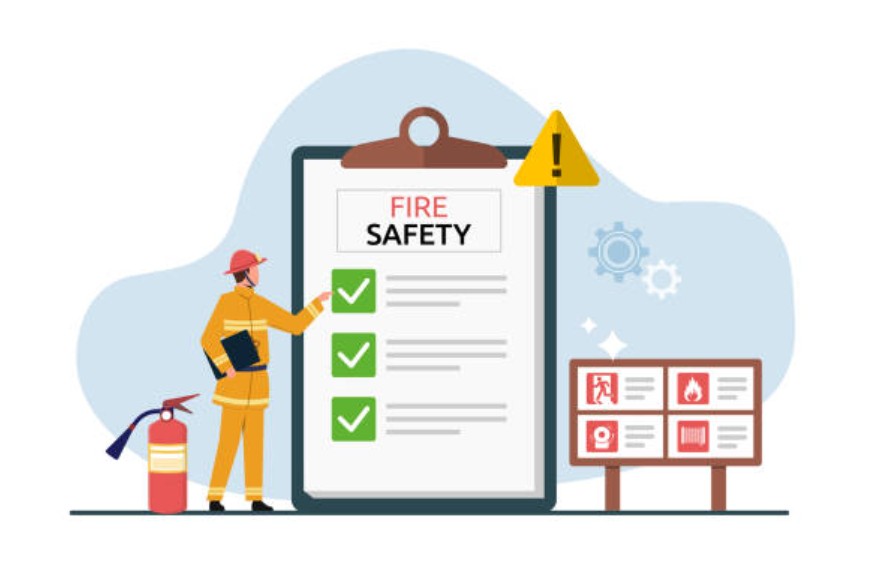
Conducting a fire safety risk assessment shouldn’t be treated as a single event. It’s crucial to revisit and revise it periodically to keep it accurate and effective. Modifications to the building structure, shifts in staffing, or the introduction of new machinery can all necessitate adjustments to your fire safety strategy.
Review when:
- There are significant changes in the premises, such as renovations or new equipment
- A fire-related incident occurs that highlights gaps in the current safety plan
- Legal or regulatory changes affect fire safety standards
Why Is a Fire Safety Risk Assessment So Important?
A fire safety risk assessment is important for several reasons:
- Compliance with the Law: In the UK, it is a legal requirement for businesses and non-domestic properties to carry out fire risk assessments.
- Safety and Prevention: A fire risk assessment helps to prevent accidents by identifying hazards before they lead to fire-related incidents.
- Protection of Life and Property: Ensuring that a building is prepared for a potential fire minimizes the risk to human life and property.
- Insurance Benefits: Many insurance companies require proof of a fire risk assessment before they approve coverage, and it could lower insurance premiums.
What Happens If You Don’t Carry Out a Fire Safety Risk Assessment?
Failure to conduct a fire safety risk assessment can lead to significant consequences:
- Legal Penalties: You could face fines or even imprisonment for failing to comply with fire safety regulations.
- Increased Risk of Fire: Without proper risk identification and mitigation, the likelihood of a fire occurring increases.
- Damage to Reputation: If an incident occurs due to neglecting fire safety, the trust of customers, employees, and the public could be severely damaged.
How Can You Make Sure Your Fire Safety Risk Assessment Is Effective?
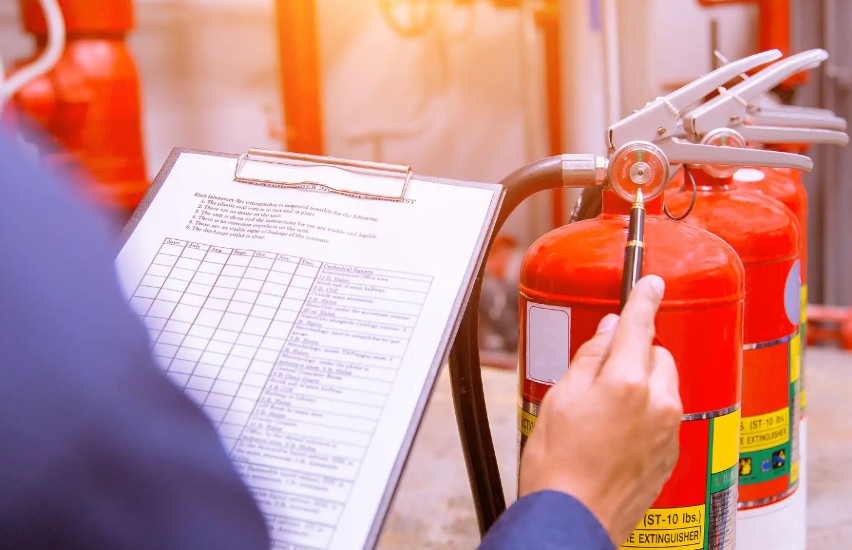
To make sure your fire safety risk assessment is successful:
- Consult Professionals: If you’re unsure about the process, consider consulting with a fire safety expert or hiring a specialist company to carry out the assessment.
- Educate Staff: Ensure that all employees are properly trained in fire safety protocols, evacuation plans, and the use of firefighting equipment.
- Regular Inspections: Conduct regular checks on fire safety equipment, such as fire alarms, extinguishers, and emergency exits, to ensure everything is in working order.
Final Thoughts: Fire Safety Risk Assessments Are Non-Negotiable
In conclusion, how many steps make up a fire safety risk assessment? Five key steps are involved in creating a comprehensive fire safety plan, and each step plays a crucial role in ensuring the safety of your property and its occupants. It is important to approach fire safety with seriousness and responsibility.
By conducting thorough assessments and following the correct steps, you can protect lives, minimize risks, and comply with UK regulations. Remember, a regular review of the fire risk assessment ensures that you stay on top of any changes, ensuring ongoing safety and protection.
Frequently Asked Questions (FAQs) About Fire Safety Risk Assessments
How often should fire risk assessments be reviewed?
It is recommended that fire risk assessments be reviewed at least annually. However, they should also be updated if there are significant changes in the building, such as alterations, or if the risk assessment reveals any new hazards.
Can I carry out a fire safety risk assessment myself?
Yes, you can conduct a fire risk assessment yourself if you have sufficient knowledge. However, for complex premises or high-risk environments, it is advisable to seek the help of a qualified professional.
What could happen if I neglect to do a fire safety risk assessment?
Neglecting a fire safety risk assessment could result in legal fines, increased risk to people and property, and potential harm to your reputation. You could also face higher insurance costs or difficulty obtaining insurance coverage.



